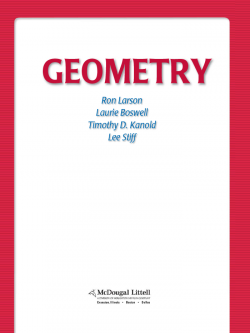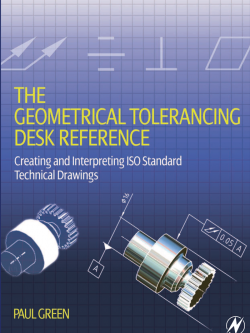This text is an outgrowth of the material used by the author for several decades in senior and graduate courses for students of mechanical, aerospace and civil engineering. It deals with the problem of computing the stress and displacement fields in solid bodies at two levels of approximation: the level of the linear theory of elasticity and the level of the theories of mechanics of materials. The linear theory of elasticity is based on very few assumptions and can be applied to bodies of any geometry. The theories of mechanics of materials are based on many assumptions in addition to those of the theory of elasticity and they can be applied only to bodies of certain geometries (beams, bars, shafts, frames, plates shells and thin-walled, tubular members). In this text the formulas of the theories of mechanics of materials are derived in a way that the assumptions on which they are based can be clearly understood. Moreover, wherever possible the results obtained on the basis of the theories of mechanics of materials are compared with those obtained on the basis of the theory of elasticity.
In the past, the use of the linear theory of elasticity was limited by the fact that only a few problems could be solved using the available classical methods. Thus, approximate theories like the theories of mechanics of materials were formulated for which exact solutions could be found. With the advent of the electronic computer, many problems involving bodies whose geometry does not justify the use of the theories of mechanics of materials, are formulated on the basis of the linear theory of elasticity and solved approximately with the aid of a computer. Thus, a mechanical, civil or aerospace engineer who works in the area of stress analysis and design often uses software based on the linear theory of elasticity. It is important therefore that master’s level students of mechanical, aerospace and civil engineering who specialize in the area of stress analysis and design, should acquire some knowledge of applied elasticity.
The book includes 18 chapters and 7 appendices. In the first chapter a brief review of vector analysis is presented followed by a very elementary, but concise introduction to the algebra of symmetric tensors of the second rank. In the theories of mechanics of materials and elasticity one deals with quantities such as stress, strain and moments and product of inertia which are symmetric tensors of the second rank. It is desirable therefore that the student learns at the very beginning the transformation properties of such quantities as well as how to determine their stationary values.
The boundary value problems for computing the displacement and stress fields in solid bodies on the basis of the linear theory of elasticity, are formulated in Chapter 5 and applied to simple examples in Chapters 5, 6 (torsion problem) and 7 (plain stress and plain strain problems). The boundary value problems for computing the displacement and stress fields on the basis of the theory of mechanics of materials are presented in Chapters 8 and 9 for bodies made of prismatic line members, in Chapter 10 for nonprismatic line members, in Chapter 11 for curved line members, in Chapter 12 for tubular members and in Chapters 17 for plates. Part of the material presented in Chapters 8 and 9 is available in elementary texts of strength of materials. It is included in this text for completeness of our presentation and for those who need a review of this material at a slightly more advanced level than that of the elementary texts.
In this text, the boundary value problems for computing the displacement and stress fields in solid bodies are formulated using both their differential and integral forms (see Chapters 13 and 14). The latter include the principle of virtual work, Castigliano’s second theorem, the theorem of minimum total potential energy, the weighted residual equation and the modified weighted residual equation. The last three are suitable for obtaining numerical solutions of boundary value problems with the aid of a computer, using the finite element method presented in Chapter 15. With the exception of Chapter 16, where an introduction to plastic analysis of structures is presented, throughout this text, we limit our attention to bodies made from isotropic linearly elastic materials. Moreover, with the exception of Chapter 18, where an introduction to elastic instability of structures is presented, we assume that the magnitude of the deformation of each material particle of the bodies, which we are considering, is such that the change of its geometry can be approximated by its components of the strain tensor which are related to its components of displacement by linear relations. This assumption linearizes the boundary value problems involving bodies made from linearly elastic materials, that is, renders the effect linearly related to the cause and permits superposition of the results.
The author wishes to thank Dr. Nikitas Skliros for typing and laying out the final version of the manuscript and Mr. Nassos Papoutsis for drawing and labeling the figures. Moreover, the author wishes to thank Ms. Cleo Avrithy for checking the solution presented in the solution manual of the problems included at the ends of Chapters 1 to 10 and Ms. Isabella Vassilopoulou for checking the solution presented in the solution manual of the problems included at the ends of Chapters 11 and 13 to 17.






نقد و بررسیها
هیچ دیدگاهی برای این محصول نوشته نشده است.